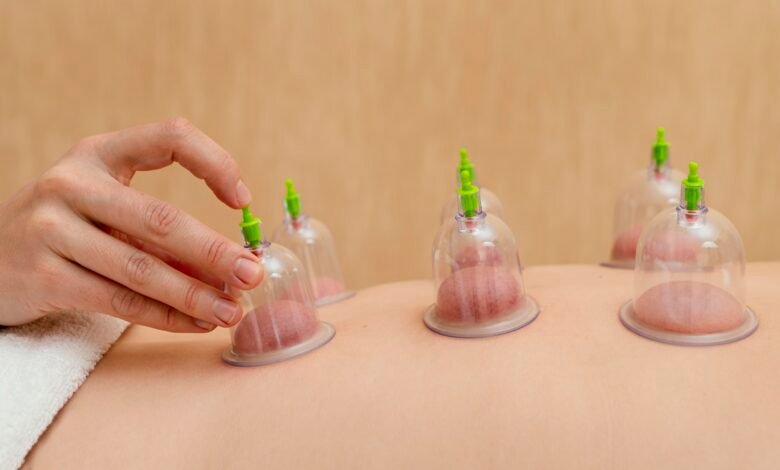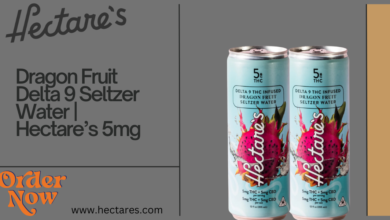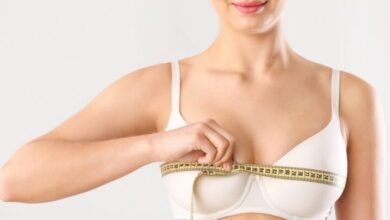
Hijama, or cupping therapy, is a traditional healing technique that involves placing cups on the skin to create suction. While often associated with pain relief and improved circulation, hijama can also offer significant benefits for skin health.
How Hijama Benefits the Skin:
- Increased Blood Flow: The suction created by the cups helps to increase blood flow to the skin. This increased circulation can promote cell turnover, leading to healthier, more radiant skin.
- Reduced Inflammation: Hijama can help reduce inflammation in the skin, which can contribute to conditions like acne, eczema, and psoriasis.
- Improved Skin Texture: By promoting blood flow and reducing inflammation, hijama can help to improve the overall texture of the skin. It can help to minimize the appearance of pores, reduce scarring, and enhance skin elasticity.
- Reduced Wrinkles: Hijama can help to stimulate collagen production, which is essential for maintaining youthful-looking skin. This can help to reduce the appearance of wrinkles and fine lines.
- Detoxification: Hijama can help to remove toxins from the body, including those that can contribute to skin problems like acne and dullness.
Is Hijama Suitable for Everyone?
While hijama is generally safe, it’s important to consult with a qualified hijama practitioner before undergoing treatment, especially if you have any underlying skin conditions or are taking medications.
Remember: Hijama is a complementary therapy and should not replace conventional medical treatment. Always consult with a healthcare professional for any skin concerns.
Hijama for Skin Health: Specific Techniques and Considerations
Specific Hijama Techniques for Skin:
- Facial Hijama: This technique involves applying cups to the face to improve skin health and reduce wrinkles. The suction can help to stimulate blood flow and lymphatic drainage, promoting a healthy complexion.
- Body Hijama for Skin Conditions: Hijama can be applied to areas of the body affected by skin conditions such as acne, eczema, or psoriasis. The increased blood flow and reduced inflammation can help to alleviate symptoms and promote healing.
Additional Considerations:
- Frequency: The frequency of hijama treatments for skin health can vary depending on individual needs and the specific condition being treated. Consult with a practitioner for personalized recommendations.
- Preparation: Before undergoing hijama, it’s important to cleanse the skin thoroughly. Avoid using harsh exfoliants or products that can irritate the skin.
- Post-Treatment Care: After hijama, it’s recommended to avoid excessive sun exposure and use a gentle moisturizer to soothe the skin.
Combining Hijama with Other Skin Treatments:
Hijama can be used in conjunction with other skin treatments, such as facial masks, exfoliation, and topical creams. However, it’s essential to consult with a healthcare professional or a qualified hijama practitioner to ensure that the combination is safe and effective for your specific needs.
Remember: Hijama is a natural and holistic approach to skin health, but it’s important to consult with a qualified practitioner to ensure that it is suitable for you and to achieve optimal results.



